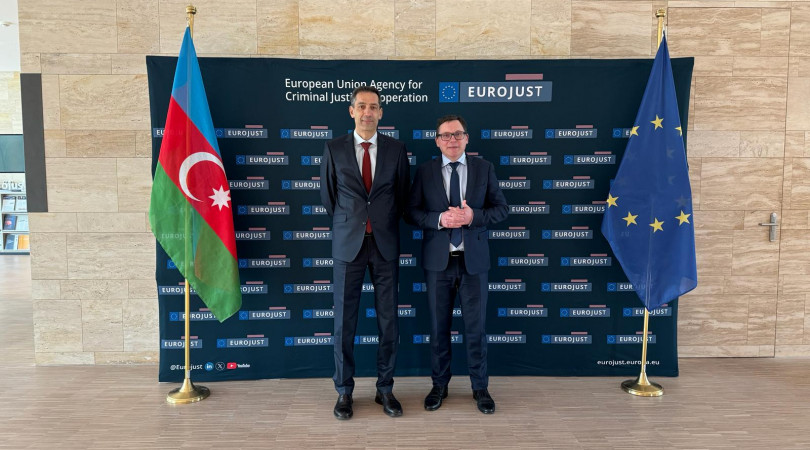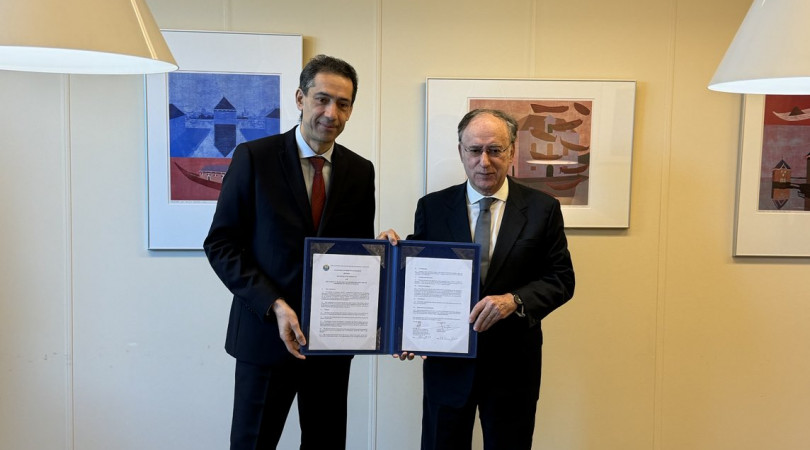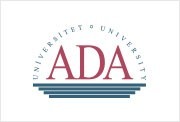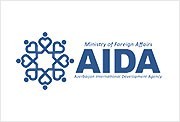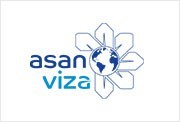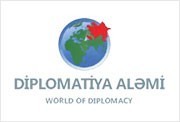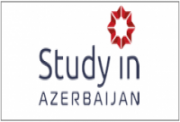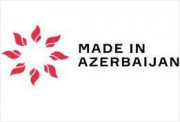Embassy made a presentation to the members of ''Historical Security Council'' of "'The Hague International Model UN"'
During the presentation, the Embassy official informed the students about the history of Armenia - Azerbaijan Nagorno Karabakh conflict and resettlement of Armenians in the South Caucasus area as a result of Gulustan and Turkmanchay treaties. Azerbaijani diplomat informed the students that contrary to what were being advocated by Armenian nationalists, Armenian population in Nagorno Karabakh enjoyed broad rights. In fact, Armenian language was used in the work of all government, administrative and judicial branches, and even in the Prosecutor’s Office. Moreover, the Armenian language was also used in education, local TV, radio broadcasts and in newspapers and magazines.
Presentation covered the true side of the Sumgait events of February 1988, which marked the primary stage of the Armenian policy aimed at justifying occupation of Azerbaijani territories. Embassy offical informed the students that the Sumgait events were carried out by Armenian E.Grigoryan on the orders of Soviet secret services (KGB). During this unrest 6 Azerbaijanis and 26 Armenians were killed. Presentation proved that the events in Sumgayit were required by the Armenians to strengthen the false thesis of the impossibility of the coexistence of two communities within Azerbaijan and to convince the world that it was necessary to occupy the adjacent areas for the safety of Armenians in Nagorno-Karabakh. Embassy official pointed out that the very Grigoryan, who was sentenced by Soviet Union for killings in Sumgait, was released after 3 years and sent to Armenia, where he got a pardon.
The presentation also informed students that in 1988 – 1990, about 300 thousand ethnic Azerbaijanis residing in Armenia were deported. They were brutally expelled by Armenian nationalists from their homes in cold winter months and had to flee to save their lives. According to the Soviet Union Ministry of Internal Affairs report, during this deportation 216 ethnic Azerbaijanis were brutally killed by Armenians, among whom there were 57 women, 5 toddlers and 18 kids. More than 1000 people were injured. Many people froze to death during the deportation.
Embassy official also informed students about the true face of “Baku pogroms” alleged by Armenians. It was pointed that during 12-13 January 1990, mass street protests occurred in Baku, Azerbaijan. This unrest was organized and provoked by the employees of Soviet secret service, as well as Armenian nationalists, on the same scenario as Sumgait events. From one hand, Soviet KGB was trying to create a chaos in Azerbaijan, so that they could use military power to oppress the national-democratic movement for the liberation of Azerbaijan, which was later witnessed during 20 January tragedy. From the other hand, Baku unrest was being provoked by Armenian nationalists to justify occupation of Karabakh. Azerbaijani diplomat informed students that many local Azerbaijanis, as soon as they became aware of this provocation, started to hide Armenians in their basement. This was confessed by many Armenian families, who are still living in Baku
At the end of the presentation, students were also informed about multiculturalism in Azerbaijan, in particular, about existence of mosques, churches, synagogues, as well as Armenian-Gregorian, ancient Alban churches and catholic churches all over the country, which showed the respect of Azerbaijani government and people to the freedom of the religion.

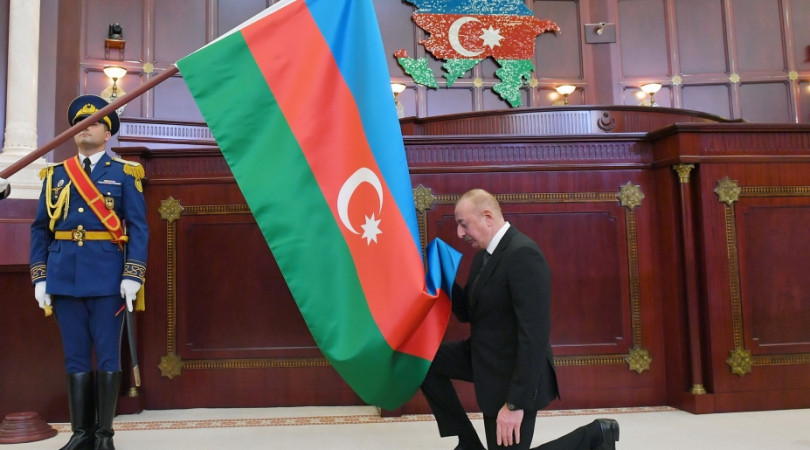
.jpg)
